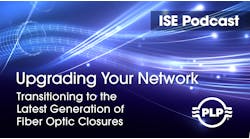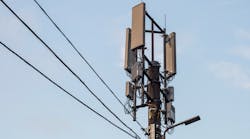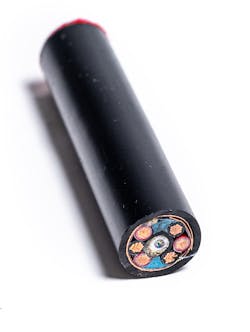Reinventing the Telecom Power Grid from the Ground Up
Today’s broadband and 5G networks require more and more small cells AND the power that fuels them. Unfortunately, the telecom power grid is still not available to everyone, and many are unable to drive on the information highway at top speed.
"There’s AC power virtually everywhere in North America. But just because there is power going down the street doesn’t mean there is access for small cells. As a result, small cells were installed in locations where there was power—instead of in the best connectivity location."
This has put a strain on Communications Service Providers (CSPs) to expand the telecommunications power grid to provide electricity to all the equipment and structures that fuel the Internet.
Think about when you move into a new house and you’re trying to plan where you’re going to put your massive, big screen TV. The wall where you want to place it is always in the wrong place. The same thing happens with the power grid. There’s AC power virtually everywhere in North America. But just because there is power going down the street doesn’t mean there is access for small cells. As a result, small cells were installed in locations where there was power–instead of in the best connectivity location.
The old way to connect devices to power was to build new infrastructure closer to the end-users and to set up meters for the smaller converters. That was costly.
Another pricey method is running copper alongside fiber cables. This doubles the amount of cabling needed for new projects. This is cost-prohibitive for all parties involved and stunted the rollout of the 5G and rural broadband networks.
While copper and fiber have not mixed well in the past, the ideal solution would be to harness both to deliver power and data deeper into the network. Until two years ago, that possibility did not exist.
Fortunately, necessity is the mother of invention. Now, there is a hybrid cable that jackets twisted pairs of copper with fiber optic strands together to deliver a heavy-duty, ultra-long extension cord from the central office to each device. The optical fiber carries data and the copper cable powers the signal.
Leveraging hybrid cabling has great potential since it can be used in conjunction with the old copper network that oftentimes is abandoned. Delivering power and data inside one cable reduces the number of materials needed for a project, which drives down costs. This also aids in sustainable construction. By reducing the number of cables in the environment, providers diminish their environmental impact.
It’s exciting to see how a hybrid outside plant cabling solution can help make the existing telecommunications power grid adaptable to current and future technologies—all while reducing the overall impact of the infrastructure on the environment.
ABOUT THE AUTHOR
Tony Wilson is President and Owner of Telecom and Industrial Marketing Solutions. He has more than 40 years of experience in the telecommunications and consulting industries. For more information, please email [email protected] or visit: https://superioressexcommunications.com. Follow Superior Essex on Twitter @superioressex and LinkedIn: superioressex-communications.






